Sports Development Programmes – Building Stronger Societies Through Sport
Sports development programmes are essential frameworks that shape individuals, communities, and nations through structured physical activity and inclusive engagement. These programmes are not merely about athletic performance—they are about cultivating character, fostering unity, and driving social progress. Whether implemented in schools, clubs, or national federations, sports development initiatives offer pathways for personal growth, talent nurturing, and community resilience. They provide safe environments for learning discipline, teamwork, and leadership. In regions facing economic hardship or social fragmentation, sport becomes a unifying force. Development programmes also serve as platforms for education, health promotion, and peacebuilding. Their impact spans physical wellness, emotional stability, and economic opportunity. By embedding sport into the fabric of society, these programmes create ripple effects that extend far beyond the playing field. They empower youth, support marginalized groups, and stimulate local economies.
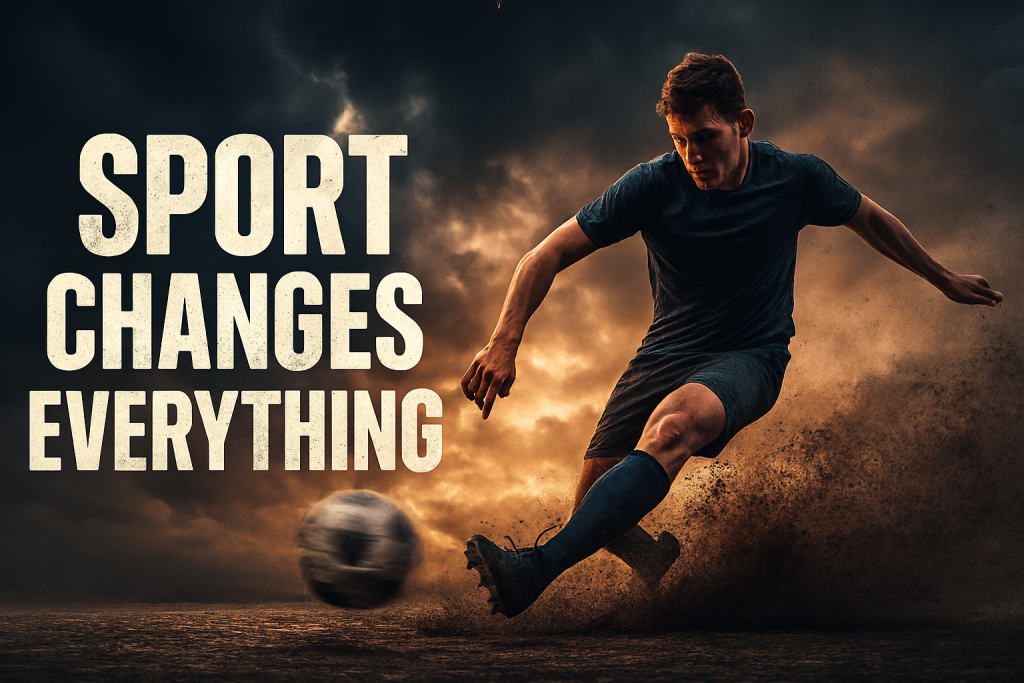
Empowering Youth – Creating Future Leaders Through Sport
Sports development programmes offer young people structured environments where they can grow physically, emotionally, and socially. These programmes instill discipline, resilience, and a sense of purpose. Young participants learn to set goals, overcome challenges, and work collaboratively. The presence of mentors and coaches provides guidance and role modeling. Programmes often integrate educational support, helping youth balance academics with athletic commitments. In underserved communities, sport offers alternatives to crime and substance abuse. It becomes a safe space for expression and connection. Leadership training embedded in these programmes encourages youth to take initiative and contribute to their communities. The skills acquired—communication, time management, and strategic thinking—are transferable to all areas of life. Participation also boosts self-esteem and emotional regulation. Youth who engage in sport are more likely to stay in school and pursue higher education. They develop a sense of identity and belonging. These programmes often include pathways to employment and entrepreneurship. The long-term impact is a generation of empowered individuals ready to lead and innovate.
Youth Development Outcomes From Sports Programmes
| Outcome | Description | Long-Term Benefit |
|---|---|---|
| Academic Engagement | Improved attendance and performance | Higher graduation rates |
| Emotional Resilience | Better coping strategies and self-regulation | Reduced anxiety and depression |
| Leadership Skills | Initiative and civic responsibility | Community involvement and advocacy |
| Social Integration | Strong peer relationships and teamwork | Enhanced social capital |
Fostering Inclusion – Uniting Communities Through Sport
Sports development programmes are designed to be inclusive, bringing together individuals from diverse backgrounds. They promote empathy, respect, and mutual understanding. Mixed-gender teams and adaptive sports initiatives ensure participation for all. Programmes often partner with local organizations to reach marginalized groups. Cultural education components celebrate diversity and encourage dialogue. Sport becomes a shared language that transcends barriers. In multicultural societies, these programmes foster unity and cooperation. They challenge stereotypes and promote equity. Participants learn to appreciate differences while working toward common goals. Inclusive design features remove physical, financial, and social obstacles. Programmes also address gender disparities by promoting female participation and leadership. Safe spaces and mentorship support vulnerable populations. The result is stronger community cohesion and reduced social tension. Sport becomes a platform for reconciliation and healing. In post-conflict regions, development programmes rebuild trust and foster peace. Their ability to unite people around shared values makes them indispensable for social progress.
Inclusive Design Features In Sports Programmes
| Feature | Purpose | Example Implementation |
|---|---|---|
| Mixed-Gender Teams | Promote gender equity | Co-ed basketball leagues |
| Adaptive Equipment | Enable participation for all abilities | Wheelchair tennis |
| Cultural Education | Celebrate diversity | Multicultural sports festivals |
| Fee Subsidies | Remove financial barriers | Community-funded youth programmes |
Improving Health – Physical And Mental Wellness Through Sport
Sports development programmes are critical to improving public health outcomes. They provide structured environments where individuals engage in regular physical activity, which is essential for cardiovascular fitness, muscular strength, and metabolic regulation. These programmes also promote flexibility, coordination, and endurance, contributing to overall physical resilience. Beyond the physical, sport has profound effects on mental health. Participation in team sports fosters a sense of belonging and reduces feelings of isolation. The endorphin release associated with exercise helps combat depression and anxiety. Programmes often include mindfulness training, emotional literacy, and stress management techniques. These elements equip participants with tools to navigate life’s challenges. For children and adolescents, sport supports cognitive development and emotional regulation. For adults, it offers stress relief and social connection. For older populations, sport maintains mobility, cognitive sharpness, and independence. Development programmes also serve as preventative health strategies, reducing the burden on healthcare systems. They encourage healthy eating, sleep hygiene, and substance avoidance. When integrated with public health campaigns, sport becomes a vehicle for behavioral change. The holistic wellness promoted by these programmes makes them indispensable to national health agendas.
Health Benefits Of Sports Development Programmes
| Health Domain | Benefit Type | Long-Term Impact |
|---|---|---|
| Cardiovascular Health | Preventative | Lower risk of heart disease and stroke |
| Mental Health | Therapeutic | Reduced anxiety, depression, and stress |
| Cognitive Function | Developmental | Improved memory, focus, and decision-making |
| Mobility And Strength | Functional | Enhanced physical independence and injury prevention |
Supporting Education – Sport As A Catalyst For Learning
Sports development programmes are deeply intertwined with educational success. They reinforce academic discipline through structured routines and goal-setting. Student-athletes learn time management, perseverance, and strategic thinking—skills that translate directly into classroom performance. Programmes often include tutoring, homework support, and academic monitoring. The presence of mentors and coaches provides additional guidance and accountability. Schools that integrate sport into their curriculum report improved attendance, reduced behavioral issues, and stronger school spirit. Sport becomes a motivator for engagement and achievement. Programmes also teach transferable skills such as communication, leadership, and conflict resolution. These skills enhance group projects, presentations, and peer interactions. Development initiatives that combine sport with STEM education—such as biomechanics or sports analytics—expand learning horizons. Scholarships and talent pathways incentivize continued education. Sport also fosters emotional intelligence, helping students navigate social dynamics and personal challenges. The synergy between sport and education creates environments where students thrive holistically. When sport is valued as part of the learning ecosystem, academic outcomes improve across the board.
Educational Impact Of Sports Development Programmes
| Metric | Improvement Rate | Supporting Mechanism |
|---|---|---|
| School Attendance | +20% | Incentivized participation and team accountability |
| Graduation Rates | +15% | Mentorship and scholarship pathways |
| Classroom Engagement | +25% | Enhanced focus and motivation |
| Academic Performance | +18% | Tutoring and time management training |
Identifying Talent – Pathways To Elite Performance
Sports development programmes are essential for identifying and nurturing athletic talent. They provide structured assessments and progression pathways that guide athletes from grassroots participation to elite competition. Early identification allows for tailored training, psychological support, and nutritional guidance. Programmes often include biomechanical analysis, performance tracking, and individualized coaching. Talent development is not limited to physical ability—it includes character, resilience, and adaptability. National federations rely on these programmes to build competitive teams and sustain international success. Scouting networks and regional academies feed into professional leagues and Olympic pipelines. The economic impact of nurturing talent includes sponsorships, media rights, and tourism. Athletes who emerge from development programmes often become ambassadors for their sport and country. Their success inspires participation and investment. Programmes also support late bloomers, recognizing that talent can emerge at different stages. Inclusivity in talent development ensures that no potential is overlooked. The systematic nurturing of talent strengthens national pride and global competitiveness.
Talent Development Pathways In Sports Programmes
| Stage | Age Range | Key Activities |
|---|---|---|
| Foundation | 6–12 | Skill acquisition and fun-based learning |
| Development | 13–17 | Technical refinement and competition exposure |
| Performance | 18–22 | Specialized coaching and elite training |
| Transition | 23+ | Professional contracts and international play |
Boosting Economies – Sport As A Driver Of Employment
Sports development programmes contribute significantly to economic growth. They create jobs across coaching, administration, physiotherapy, and event management. Infrastructure development—stadiums, training centers, and equipment suppliers—stimulates local economies. Programmes often partner with businesses for sponsorship and service provision. Sport tourism, driven by events and competitions, generates revenue for hospitality and retail sectors. Athletes who succeed commercially reinvest in communities and create foundations. Programmes also teach entrepreneurship, encouraging participants to launch sport-related ventures. The economic ripple effect includes media production, merchandise, and digital platforms. Governments recognize sport as a viable sector for investment and innovation. Programmes that focus on vocational training prepare participants for careers in sport management, journalism, and health sciences. Economic empowerment through sport reduces dependency and promotes self-sufficiency. Communities with active sport programmes report higher employment rates and business activity. The alignment of sport with economic development strategies amplifies its impact. Sport becomes both a passion and a profession, driving sustainable livelihoods.
Economic Contributions Of Sports Development Programmes
| Sector | Contribution Type | Example |
|---|---|---|
| Employment | Direct | Coaching, facility management |
| Tourism | Indirect | Sport events and hospitality |
| Retail | Indirect | Equipment and merchandise sales |
| Media | Indirect | Broadcasting and content creation |
Advancing Gender Equity – Empowering Women Through Sport
Sports development programmes play a pivotal role in advancing gender equity. They challenge stereotypes and create opportunities for women and girls to lead, compete, and thrive. Programmes that prioritize female participation report increased confidence and leadership among participants. Mixed-gender teams promote mutual respect and collaboration. Female coaches and administrators serve as role models and change agents. Programmes often include gender education, addressing issues such as consent, body image, and equality. Access to safe facilities and equipment ensures that women can train without barriers. Partnerships with women’s organizations amplify outreach and impact. Sport becomes a platform for advocacy and visibility. Programmes that support female athletes in media and sponsorship elevate representation. Gender equity in sport development influences broader societal norms. Schools and communities that embrace inclusive sport culture report reduced gender-based violence and discrimination. Empowered female athletes often become mentors and community leaders. The ripple effect of gender equity in sport extends to education, employment, and civic participation. Development programmes that embed gender equity principles create transformative change.
Gender Equity Initiatives In Sports Development Programmes
| Initiative | Goal | Outcome |
|---|---|---|
| Female Coaching Clinics | Leadership Development | Increased female representation in coaching |
| Safe Spaces | Participation Access | Higher retention of female athletes |
| Media Visibility | Representation | More coverage of women’s sports |
| Mentorship Programmes | Empowerment | Stronger female role models |
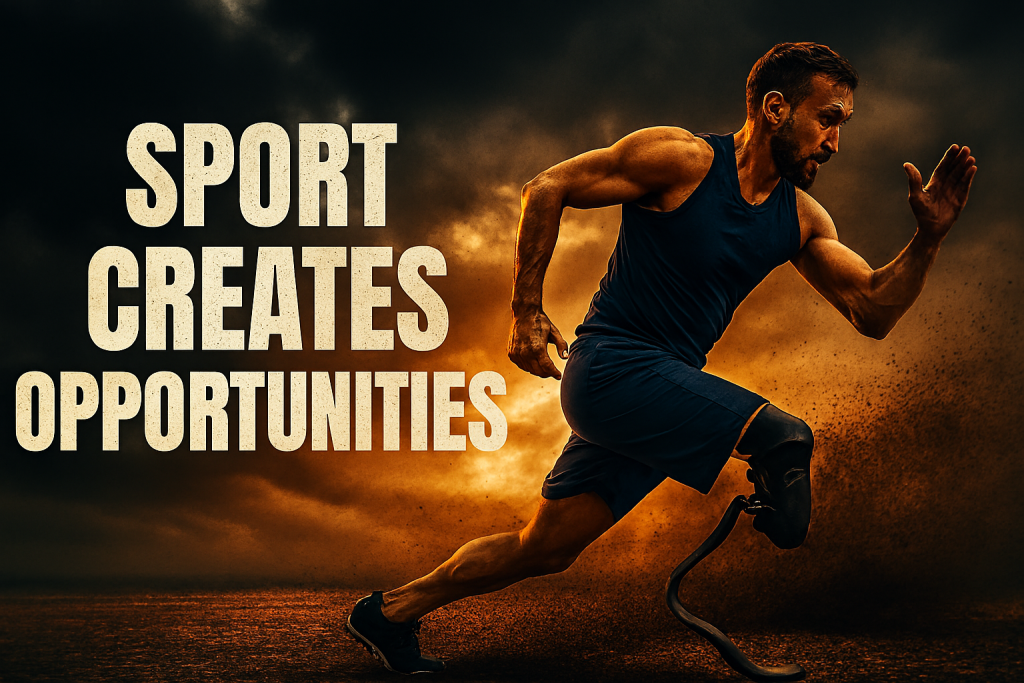
Reaching Marginalised Groups – Sport For Social Justice And Equity
Sports development programmes are uniquely positioned to support marginalised populations, including refugees, indigenous communities, individuals with disabilities, and at-risk youth. These programmes are often designed with trauma-informed principles and cultural sensitivity, ensuring that participants feel safe, respected, and empowered. Sport becomes a medium for healing, identity restoration, and social integration. Programmes targeting refugees may include language support, legal aid referrals, and community-building activities. For indigenous youth, sport can reconnect participants with cultural traditions through games, storytelling, and mentorship. Adaptive sports initiatives ensure that physical or cognitive limitations do not exclude individuals from participation. These programmes often partner with NGOs, schools, and local leaders to ensure relevance and trust. In correctional settings, sport is used as a rehabilitative tool, offering structure, discipline, and hope. For survivors of violence, sport provides a pathway to reclaim agency and rebuild confidence. The visibility gained through sport—whether in local leagues or media coverage—amplifies voices that are often silenced. These programmes also dismantle systemic barriers such as transportation, cost, and discrimination. By removing these obstacles, they democratise access to sport and its benefits. The long-term impact includes improved health, education, and social capital. When sport is used intentionally to uplift the marginalised, it becomes a force for justice and transformation.
Outreach Strategies For Marginalised Communities
| Target Group | Programme Focus | Support Mechanism |
|---|---|---|
| Refugees | Integration | Language support and community sport |
| Indigenous Youth | Cultural Connection | Traditional games and storytelling |
| Disabled Participants | Accessibility | Adaptive sports and inclusive coaching |
| At-Risk Youth | Rehabilitation | Mentorship and structured routines |
Strengthening Communities – Sport As A Social Anchor
Sports development programmes serve as anchors for community identity and cohesion. Local clubs, tournaments, and training sessions become gathering points for families, neighbours, and civic groups. These programmes foster pride, participation, and shared purpose. Community ownership of sport initiatives enhances sustainability and relevance. When residents are involved in coaching, organising, and decision-making, programmes reflect local values and needs. Sport also becomes a platform for intergenerational connection, where elders mentor youth and families bond over shared experiences. Programmes often integrate cultural festivals, storytelling, and local history into their design, deepening engagement. Infrastructure such as fields, courts, and gyms becomes a symbol of investment and care. Sport also strengthens community resilience during crises, offering routine, support, and distraction. Programmes that include volunteer opportunities foster civic responsibility and leadership. Community media and storytelling elevate local voices and achievements. Sport becomes not just an activity but a way of life. The ripple effect includes increased trust, cooperation, and collective action. Communities with strong sport cultures report higher levels of wellbeing, safety, and social capital. Development programmes that prioritise community engagement build legacies that endure across generations.
Community Engagement Through Sports Programmes
| Engagement Type | Mechanism | Outcome |
|---|---|---|
| Volunteerism | Local Involvement | Increased civic pride |
| Cultural Events | Sport Integration | Celebration of heritage |
| Intergenerational Play | Family Participation | Stronger family bonds |
| Community Ownership | Local Leadership | Sustainable programme management |
Advancing Peacebuilding – Sport As A Tool For Reconciliation
In regions affected by conflict, division, or trauma, sports development programmes have been used to promote peace and reconciliation. Sport offers a neutral space where individuals from opposing groups can interact, collaborate, and build trust. Programmes often include cooperative games, dialogue sessions, and cultural exchange activities. These elements foster empathy, understanding, and shared identity. Sport becomes a metaphor for fairness, respect, and teamwork. In post-conflict societies, development programmes have helped reintegrate former combatants, support survivors, and rebuild fractured communities. They provide routine, achievement, and social connection—three pillars of psychological recovery. Programmes may be designed in partnership with peace organisations, local governments, and community leaders. The visibility of sport events can amplify messages of unity and hope. Athletes often serve as ambassadors for peace, using their platforms to advocate for reconciliation. Programmes also address structural issues such as inequality and exclusion, which often fuel conflict. By promoting equity and inclusion, sport contributes to long-term stability. The symbolic power of sport—its rituals, rules, and shared goals—makes it an ideal medium for healing and transformation. Development programmes that embed peacebuilding principles create environments where dialogue, cooperation, and coexistence flourish.
Peacebuilding Applications In Sports Development
| Conflict Context | Programme Strategy | Peace Outcome |
|---|---|---|
| Post-War Communities | Cooperative Games | Rebuilding trust and social bonds |
| Divided Ethnic Groups | Mixed Teams | Fostering empathy and shared identity |
| Refugee Integration | Cultural Exchange | Promoting inclusion and understanding |
| Survivor Support | Trauma-Informed Sport | Emotional healing and empowerment |
Promoting Environmental Awareness – Sport As A Gateway To Ecological Literacy
Sports development programmes are increasingly integrating environmental education into their frameworks. Sport, by its nature, engages with land, water, and air—making it a powerful medium for ecological awareness. Programmes may include sustainability workshops, clean-up events, and eco-friendly facility design. Athletes are encouraged to become stewards of the environment, using their visibility to advocate for conservation. Outdoor sports such as hiking, kayaking, and trail running naturally connect participants to ecosystems. Programmes often partner with environmental organisations to deliver joint initiatives. These collaborations may include tree planting, wildlife protection, and climate education. Sport also teaches resource management—hydration, nutrition, and equipment care—which can be linked to broader ecological principles. Facilities designed with solar energy, water recycling, and green materials model sustainable infrastructure. Youth programmes may include modules on biodiversity, pollution, and climate change. The emotional connection formed through sport—joy, challenge, and achievement—can be leveraged to inspire environmental action. When participants see nature as a teammate rather than a backdrop, ecological literacy deepens. Development programmes that embed environmental awareness create athletes who are not only physically strong but ecologically conscious.
Environmental Integration In Sports Programmes
| Initiative | Ecological Focus | Impact |
|---|---|---|
| Eco-Friendly Facilities | Sustainable Design | Reduced carbon footprint |
| Outdoor Sports Modules | Ecosystem Engagement | Increased environmental appreciation |
| Athlete Advocacy | Conservation Messaging | Public awareness and policy influence |
| Youth Education | Climate Literacy | Informed and active future generations |
Enhancing National Identity – Sport As A Symbol Of Unity
Sports development programmes contribute to national identity and pride. They cultivate athletes who represent their countries on global stages, embodying values such as perseverance, excellence, and unity. Programmes often align with national goals, promoting health, education, and social cohesion. The success of national teams and athletes generates collective celebration and solidarity. Sport becomes a shared narrative that transcends political, ethnic, and economic divisions. Development programmes also preserve and promote traditional games, linking sport to cultural heritage. National investment in sport infrastructure signals commitment to wellbeing and progress. Programmes may include patriotic education, flag-bearing ceremonies, and historical storytelling. Athletes trained through these systems often become cultural icons and role models. Their journeys inspire participation and aspiration. Sport also serves diplomatic functions, fostering international cooperation and goodwill. Programmes that support international exchange and competition build bridges across borders. The symbolism of sport—its rituals, uniforms, and anthems—reinforces national identity. Development programmes that integrate cultural and civic elements create athletes who are not only skilled but deeply connected to their communities and countries.
National Identity Contributions Of Sports Programmes
| Element | Symbolic Function | Outcome |
|---|---|---|
| National Teams | Representation | Unity and pride across diverse populations |
| Traditional Games | Cultural Preservation | Intergenerational connection and heritage |
| Athlete Role Models | Inspiration | Increased youth participation and aspiration |
| International Exchange | Diplomacy | Cross-cultural understanding and cooperation |
Disability Sports – Redefining Ability Through Movement
Disability sports are a powerful testament to human resilience, innovation, and inclusion. Sports development programmes that prioritise disability access do more than accommodate—they empower. These programmes challenge outdated perceptions of ability and redefine what athleticism looks like. Athletes with physical, sensory, and cognitive disabilities engage in competitive and recreational sport with intensity, strategy, and grace. From wheelchair basketball to blind soccer, adaptive sports are engineered to highlight capability, not limitation. Development programmes in this space often include specialised coaching, modified equipment, and inclusive facility design. They also foster community, offering participants a sense of belonging and shared purpose. The psychological impact is profound—athletes report increased confidence, independence, and emotional wellbeing. Disability sports also serve as platforms for advocacy, visibility, and policy change. When para-athletes compete on national and global stages, they shift cultural narratives and inspire future generations. These programmes often partner with rehabilitation centres, schools, and disability organisations to ensure holistic support. They also train coaches and volunteers in inclusive pedagogy and trauma-informed care. The ripple effect extends to families, caregivers, and entire communities. Disability sports development is not a niche—it is a vital pillar of equitable sport culture. When designed with intention and respect, these programmes become engines of transformation.
Key Components Of Disability Sports Development Programmes
| Component | Purpose | Implementation Example |
|---|---|---|
| Adaptive Equipment | Enable safe and effective play | Racing wheelchairs, tactile balls |
| Inclusive Coaching | Tailor instruction to needs | Visual cues, guided movement, sensory breaks |
| Facility Accessibility | Ensure physical access | Ramps, wide courts, tactile signage |
| Community Integration | Build support networks | Family engagement, peer mentorship |
| Visibility And Advocacy | Shift public perception | Media coverage, athlete storytelling |
Driving Innovation – Sport As A Catalyst For Creative Solutions
Sports development programmes are increasingly becoming hubs of innovation. They integrate technology, data analytics, and creative design to enhance performance, accessibility, and engagement. Wearable devices track biometrics, helping athletes and coaches refine training regimens. Video analysis tools break down technique and strategy. Programmes also experiment with virtual reality for immersive skill development and injury rehabilitation. Innovation extends to programme delivery—mobile apps, online coaching platforms, and gamified learning modules expand reach and flexibility. These tools make sport more accessible to remote or underserved populations. Creative partnerships with tech companies, universities, and startups fuel experimentation and progress. Programmes also innovate in pedagogy, using storytelling, visual metaphors, and modular learning to deepen understanding. Innovation is not limited to elite sport; grassroots programmes benefit from low-cost, high-impact solutions such as solar-powered facilities or recycled equipment. The culture of experimentation within sport development encourages problem-solving and adaptability. Athletes trained in these environments become innovators themselves, applying lessons from sport to business, science, and social change. Development programmes that embrace innovation remain relevant, effective, and inspiring.
Innovation Strategies In Sports Development Programmes
| Innovation Type | Application Area | Benefit |
|---|---|---|
| Wearable Technology | Performance Tracking | Real-time feedback and injury prevention |
| Virtual Reality | Skill Acquisition | Immersive training and rehabilitation |
| Gamified Learning | Youth Engagement | Increased motivation and retention |
| Modular Pedagogy | Coaching Methods | Flexible and personalised instruction |
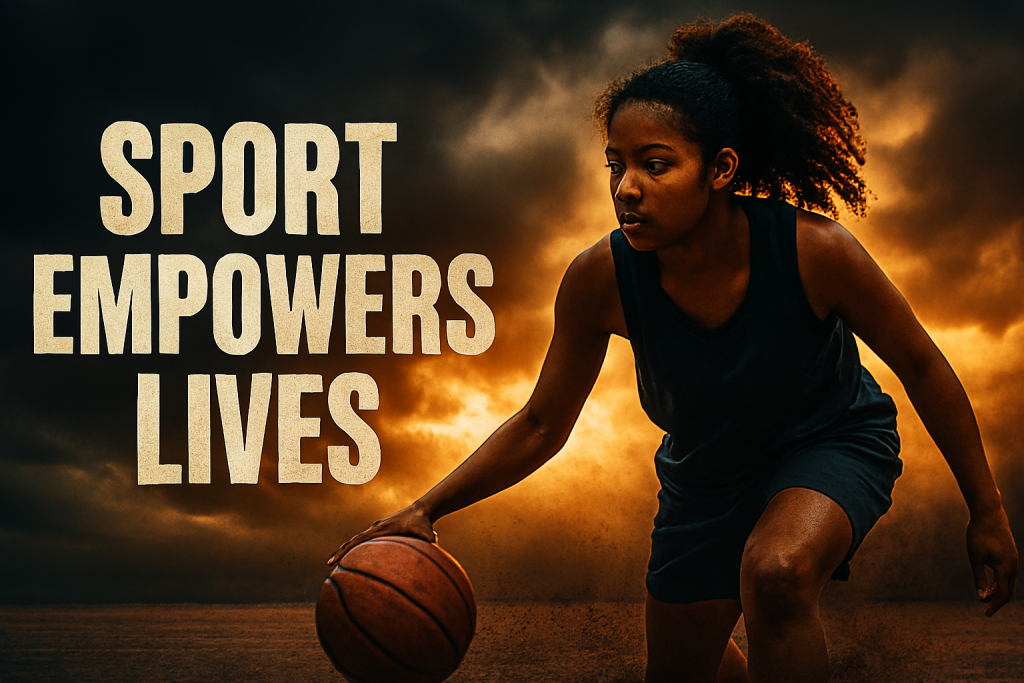
Embracing Digital Transformation – Sport In The Connected Era
Digital transformation is reshaping how sports development programmes operate and engage. Social media platforms amplify visibility, allowing programmes to share stories, recruit participants, and attract sponsors. Online registration systems streamline access and reduce administrative barriers. Data dashboards help coaches monitor progress and adjust training plans. Programmes use digital storytelling—videos, blogs, and interactive content—to build community and inspire action. E-learning modules support coach education and athlete development. Digital platforms also facilitate remote participation, making sport accessible across geographic and economic divides. Programmes that embrace digital tools can scale rapidly, reaching thousands with minimal infrastructure. They also gain insights through analytics, identifying trends and areas for improvement. Digital transformation enhances transparency, enabling stakeholders to track outcomes and impact. It also supports inclusivity, with translation tools, accessibility features, and adaptive interfaces. The integration of digital tools into sport development reflects broader societal shifts and prepares participants for the future. Programmes that lead in digital innovation set new standards for engagement, efficiency, and equity.
Digital Tools In Sports Development Programmes
| Tool | Function | Outcome |
|---|---|---|
| Social Media | Outreach And Storytelling | Increased visibility and community engagement |
| Data Dashboards | Performance Monitoring | Informed coaching and athlete feedback |
| E-Learning Modules | Coach And Athlete Training | Scalable education and certification |
| Remote Participation | Access Expansion | Inclusion across geographic and economic barriers |
Building Legacy – Sustaining Impact Across Generations
Sports development programmes are not just about immediate outcomes—they are about building legacies. A well-designed programme leaves behind infrastructure, knowledge, and cultural shifts that endure. Legacy includes trained coaches, empowered communities, and inspired youth. Programmes often create alumni networks that continue to mentor and invest in future generations. Facilities built for sport become community hubs for health, education, and celebration. Legacy also includes policy change—when sport influences legislation around health, education, or equity. Programmes that document their impact through storytelling and data create models for replication. Legacy is sustained through partnerships, funding continuity, and leadership development. It is also embedded in culture—songs, rituals, and shared memories that bind communities. When sport becomes part of a region’s identity, its benefits multiply. Legacy is not accidental; it is designed through intentional planning, evaluation, and adaptation. Programmes that focus on legacy ensure that their impact survives beyond funding cycles and leadership changes. They become part of the social architecture, shaping values and opportunities for decades.
Legacy Elements In Sports Development Programmes
| Legacy Type | Description | Sustaining Mechanism |
|---|---|---|
| Infrastructure | Facilities And Equipment | Community ownership and maintenance |
| Human Capital | Coaches And Leaders | Ongoing training and mentorship |
| Cultural Memory | Stories And Rituals | Intergenerational transmission |
| Policy Influence | Legislative Change | Advocacy and stakeholder engagement |
Conclusion – The Enduring Power Of Sports Development
Sports development programmes are among the most powerful tools for shaping inclusive, resilient, and thriving societies. They touch every aspect of human life—health, education, identity, economy, and environment. Their structured design allows for scalable impact, while their emotional resonance fosters deep connection and transformation. These programmes empower youth, unite communities, and elevate national pride. They support marginalised groups, promote peace, and drive innovation. Their integration with digital tools and environmental awareness ensures relevance in a changing world. The legacy they build sustains impact across generations. Whether in a rural village or a global city, sports development programmes offer hope, opportunity, and belonging. They remind us that movement is not just physical—it is symbolic, emotional, and communal. Investing in sport is investing in humanity. When sport is developed with intention, equity, and creativity, it becomes a force that transcends boundaries and builds futures.
Join The Discussion – Share Your Perspective
How have sports development programmes shaped your community, your career, or your personal growth? What innovations or challenges have you witnessed in their implementation?
#SportsDevelopmentMatters #InclusiveSport #LegacyThroughMovement #YouthEmpowermentThroughSport #SportForSocialChange
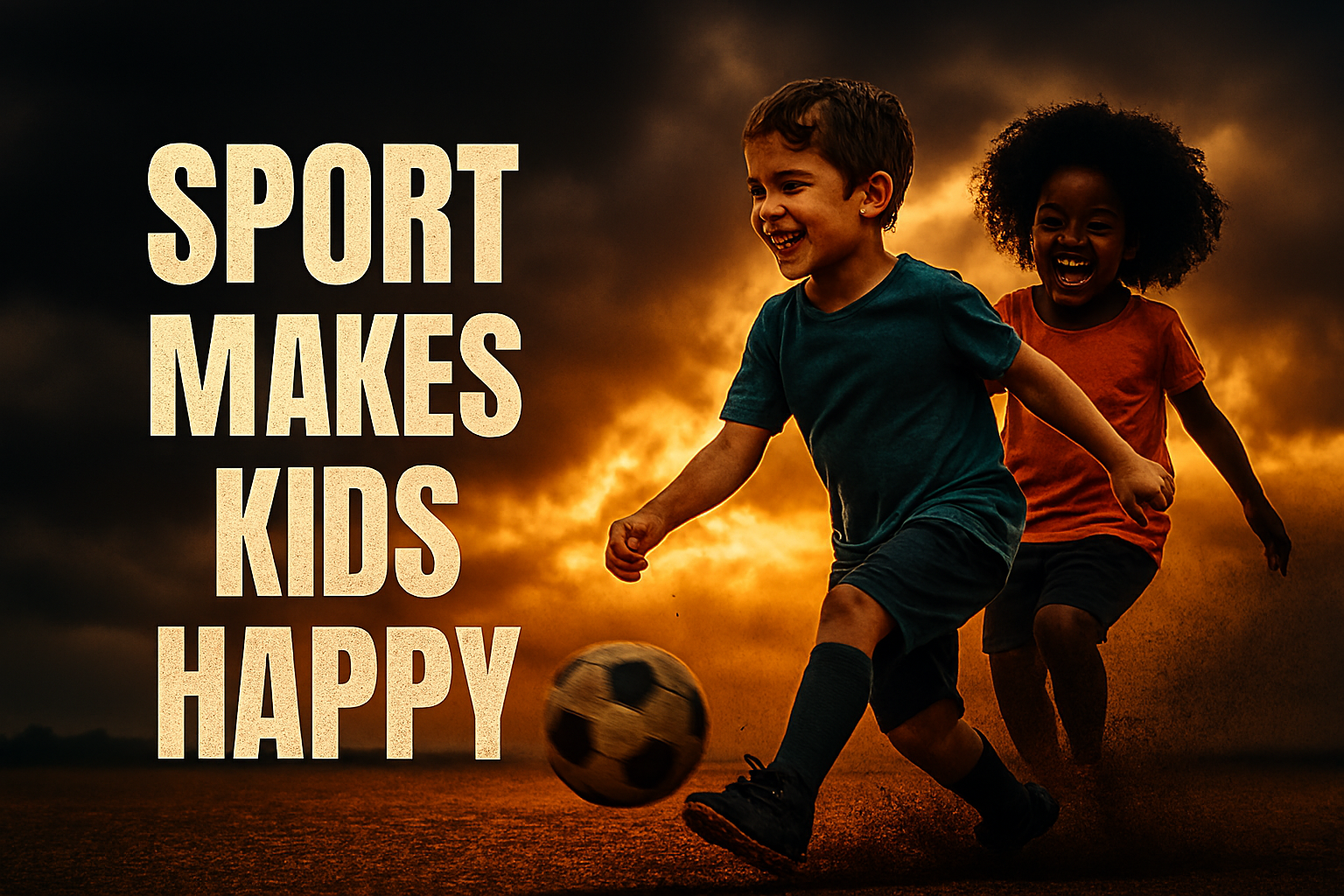
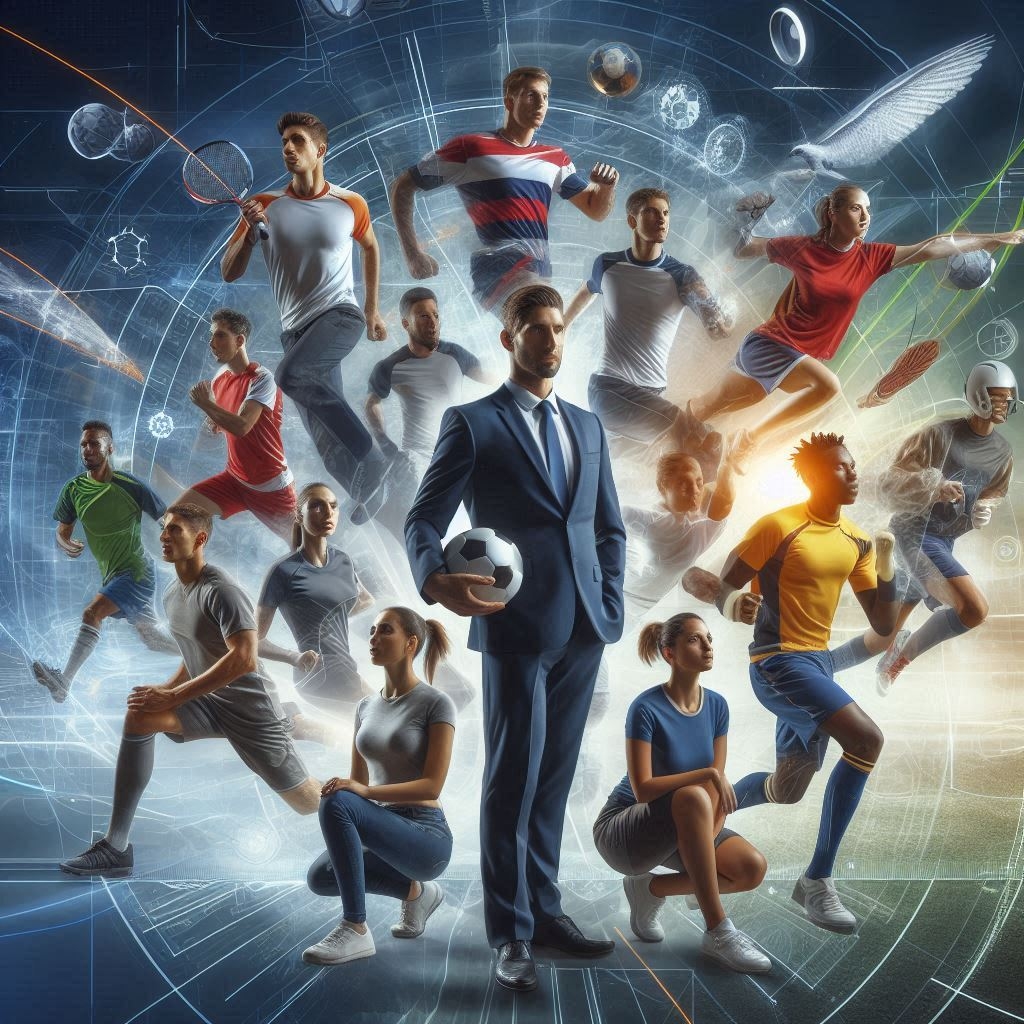
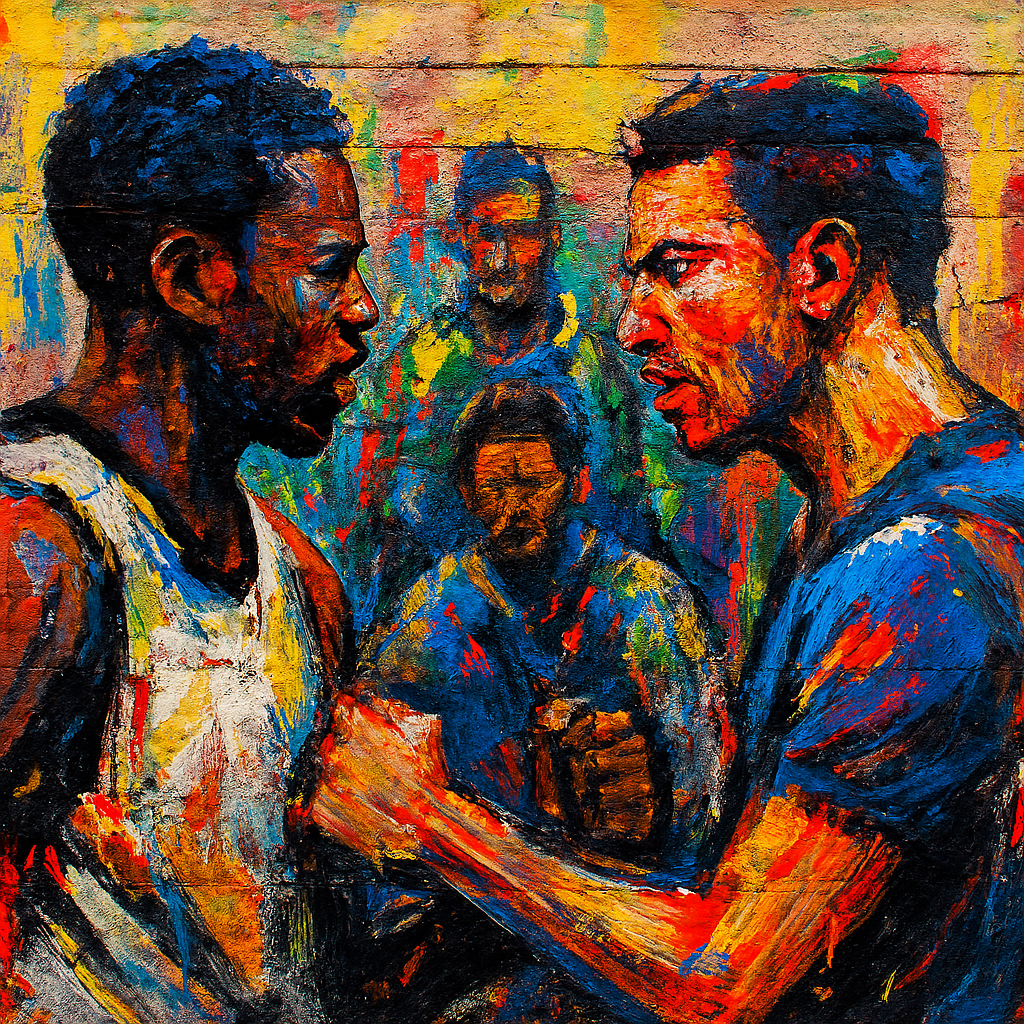


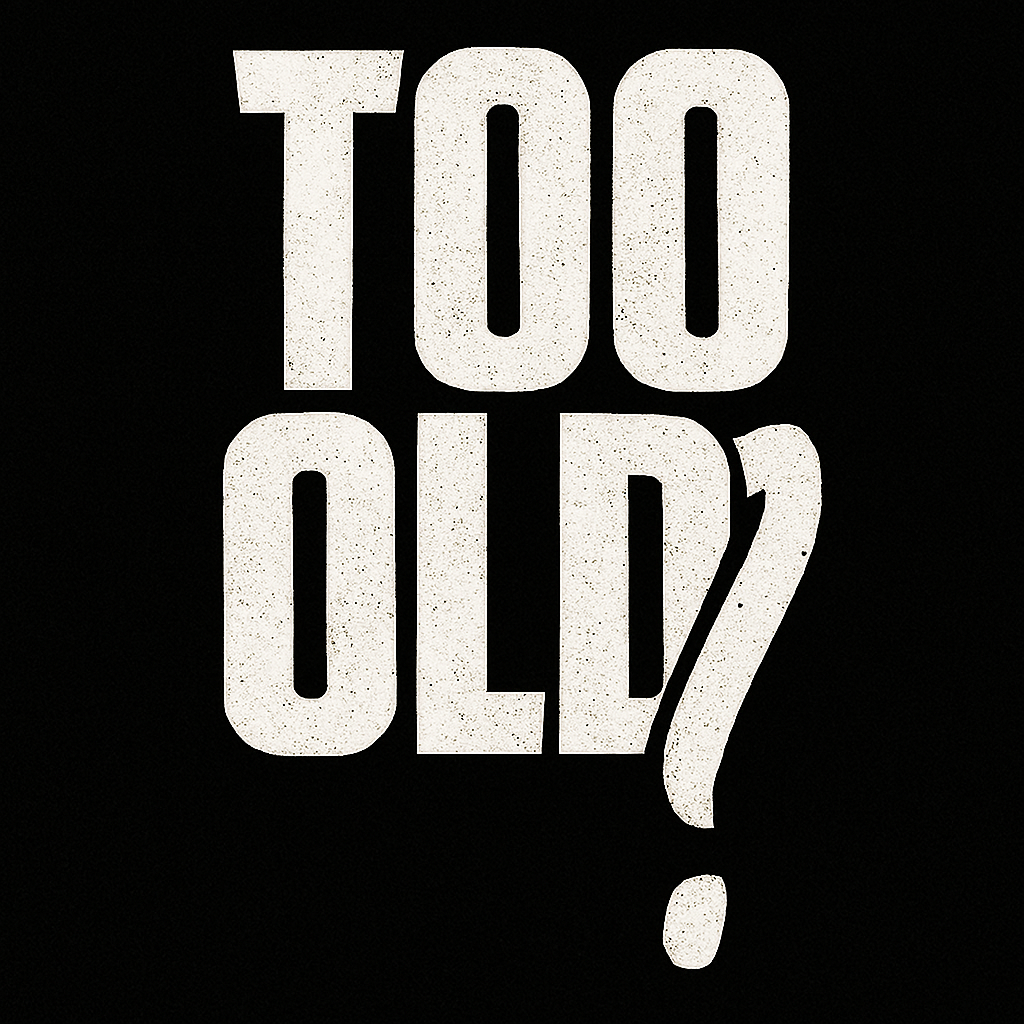
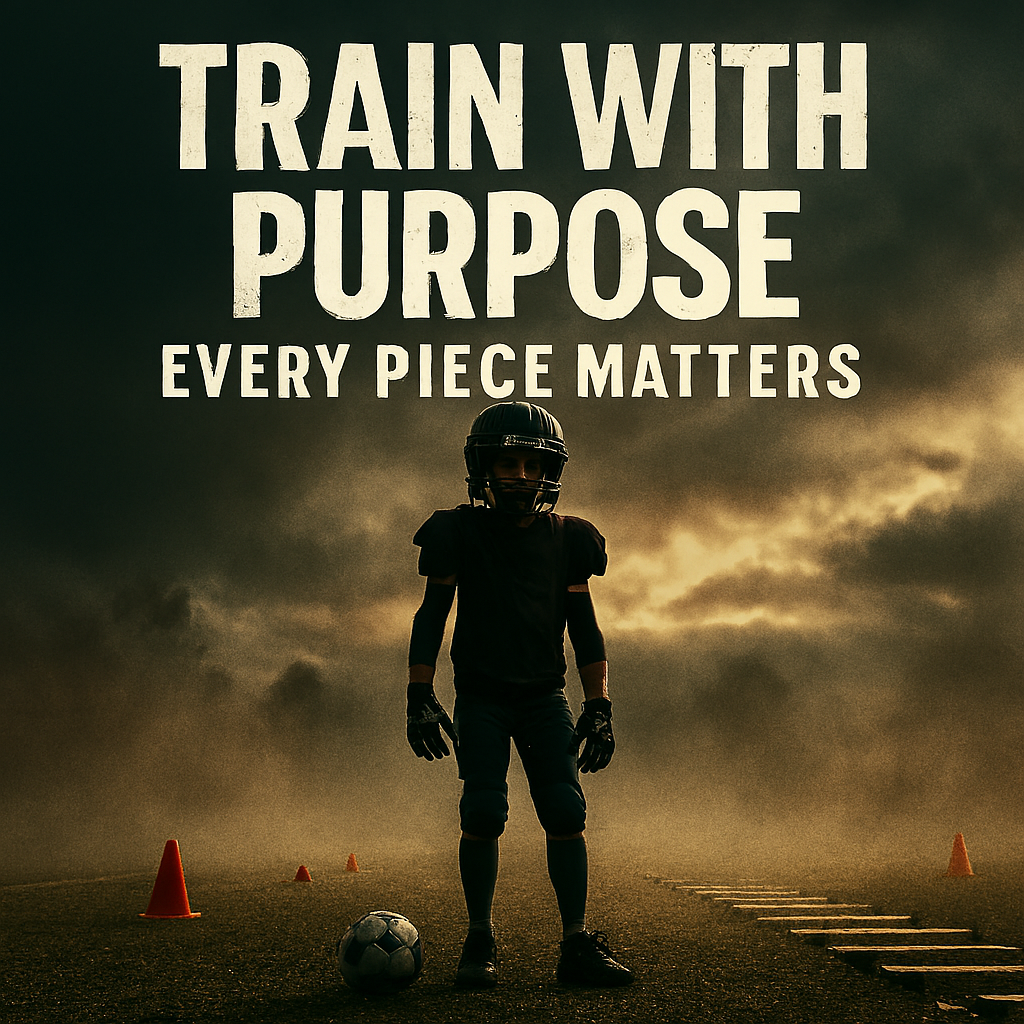
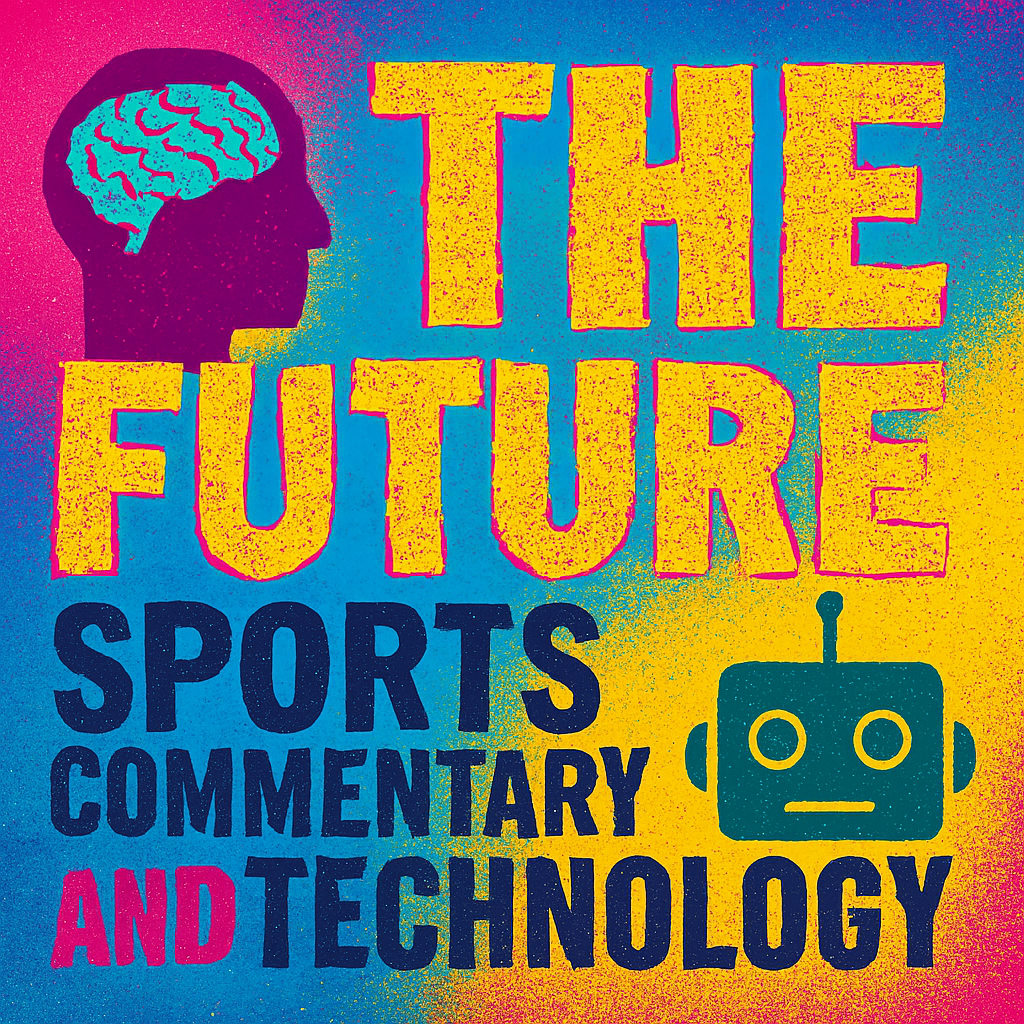
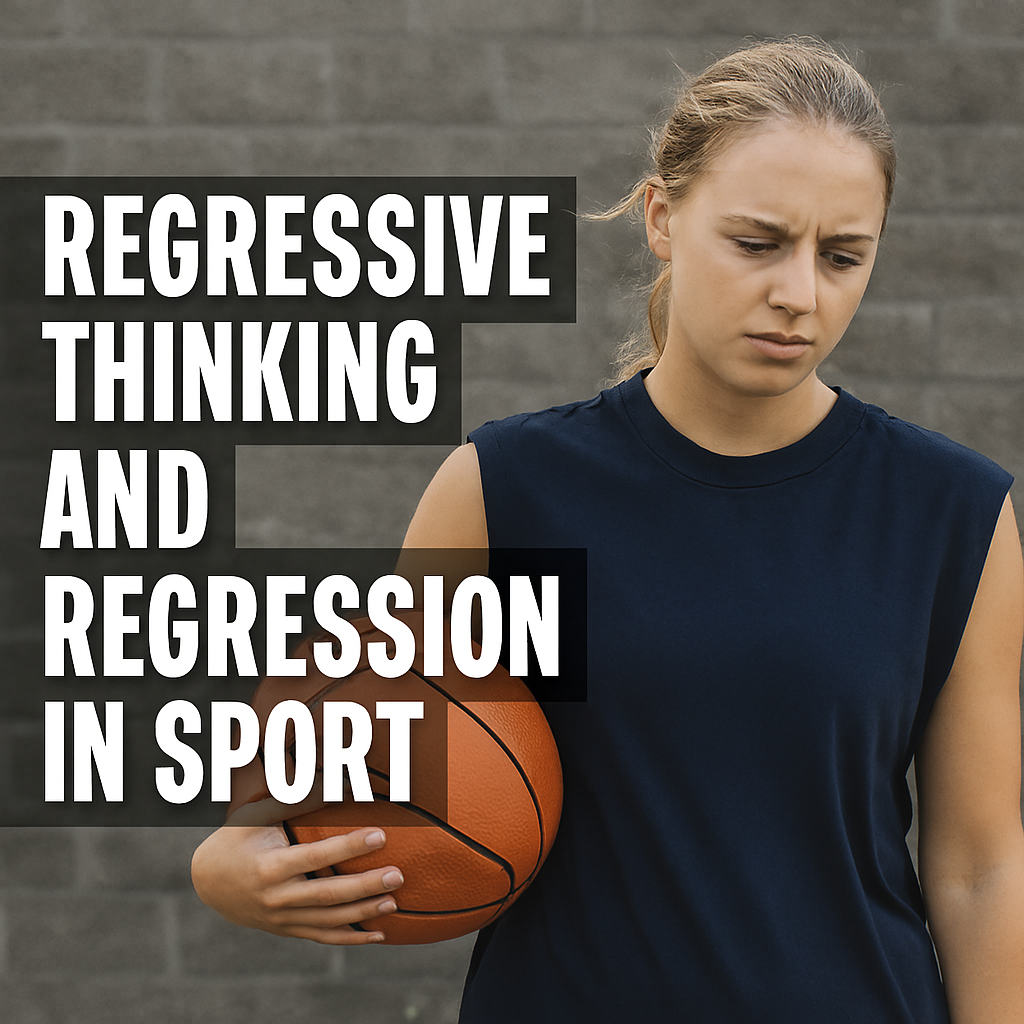
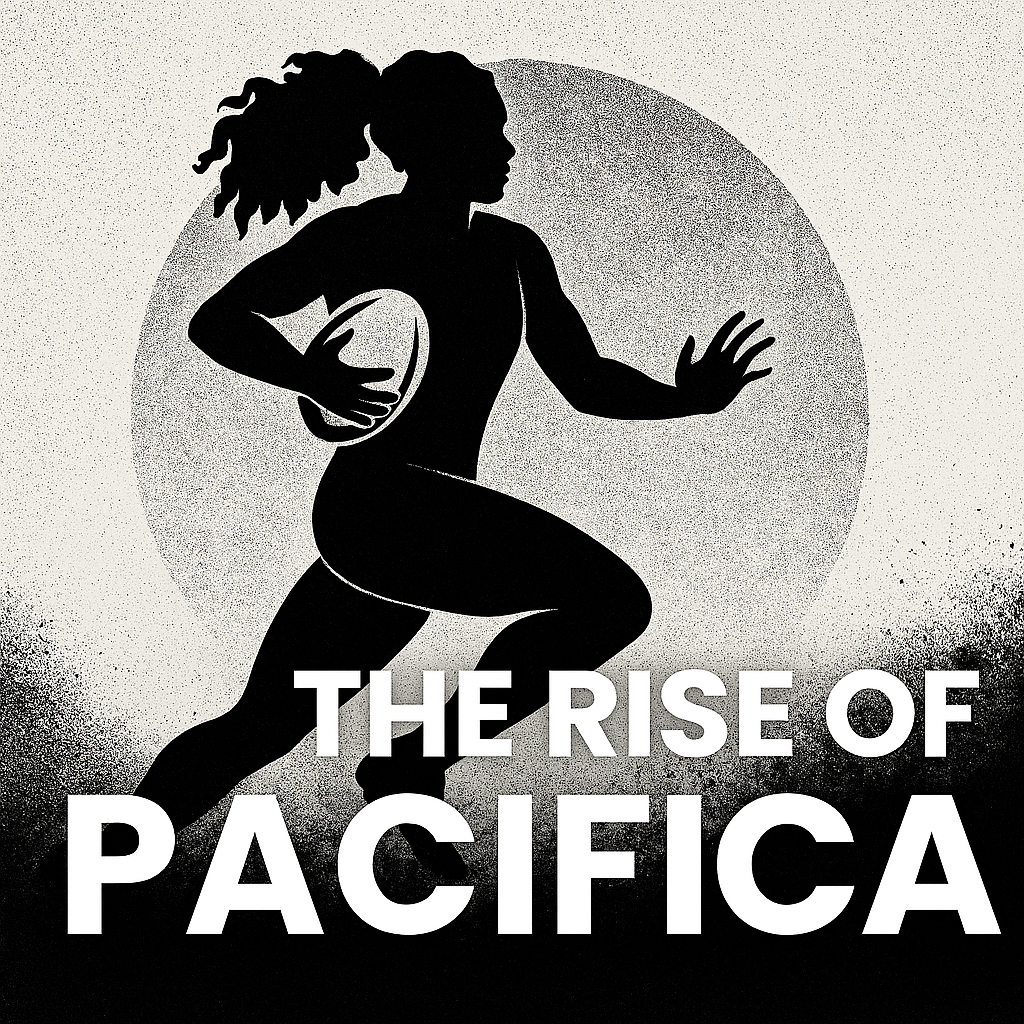




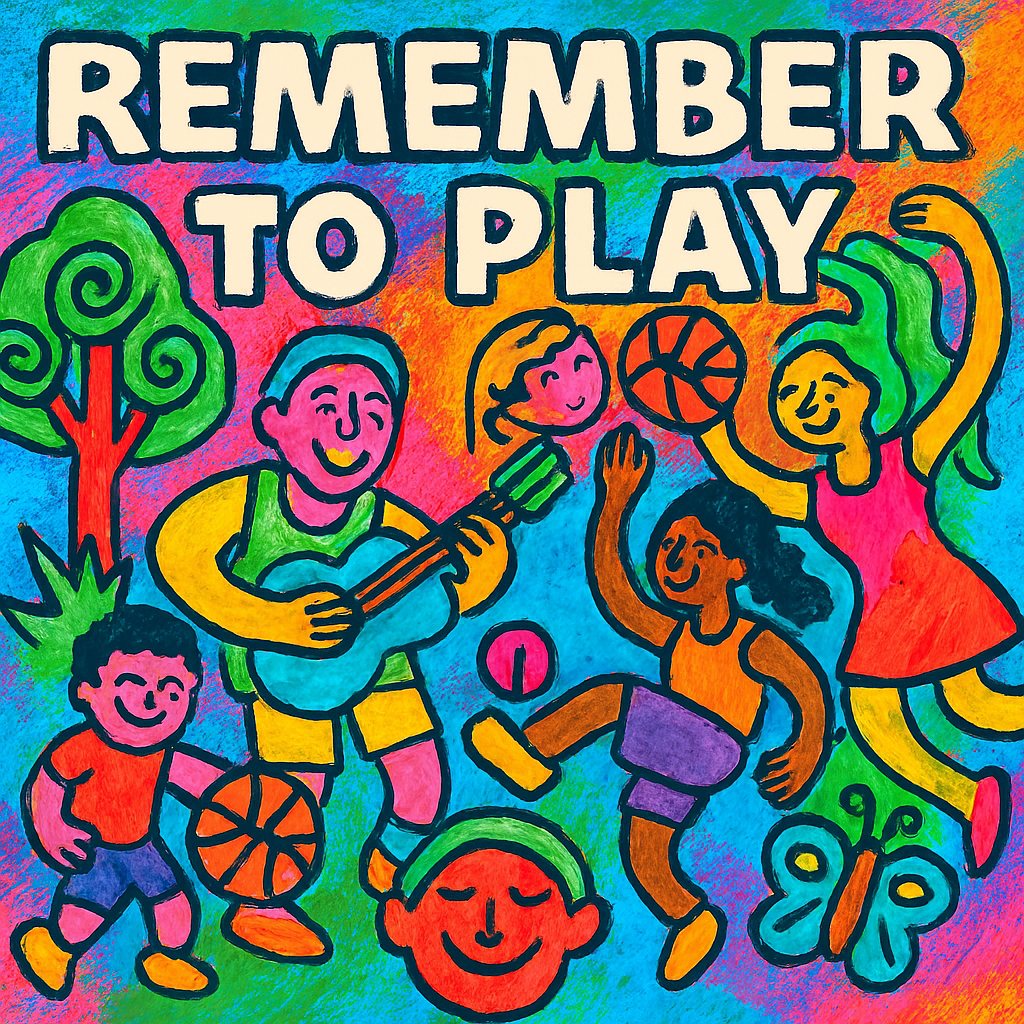
Powerful Full Time Sport Country Ambassadors Identity
[…] Sport is one of Australia’s most powerful cultural exports. Athletes like Cathy Freeman, Dylan Alcott, and Sam Kerr have shaped national narratives and global perceptions. By supporting a wider range of athletes, including those in niche and emerging sports, Australia can diversify its cultural portfolio. Ambassadorial athletes would engage with multicultural communities, Indigenous groups, and regional populations, reinforcing a sh…. […]